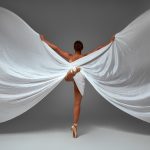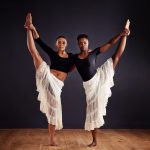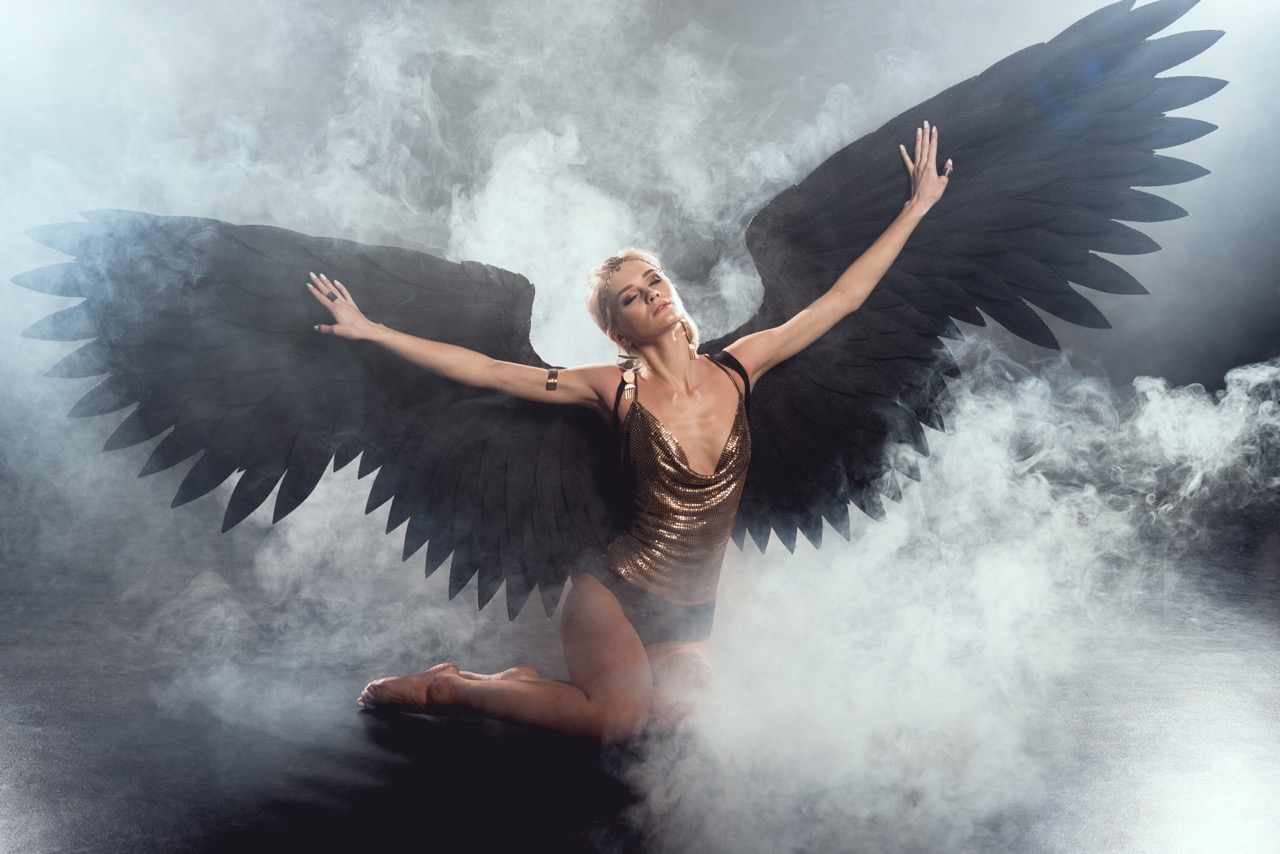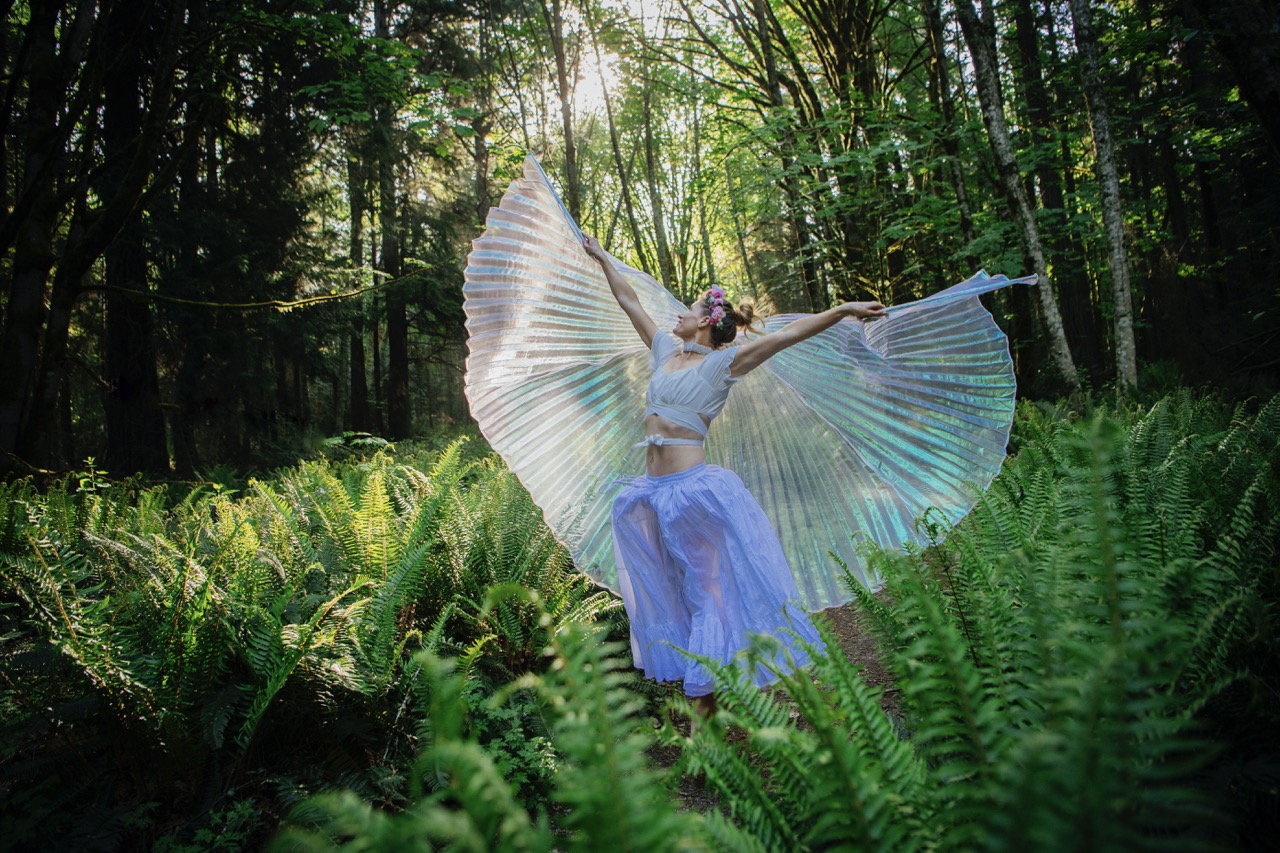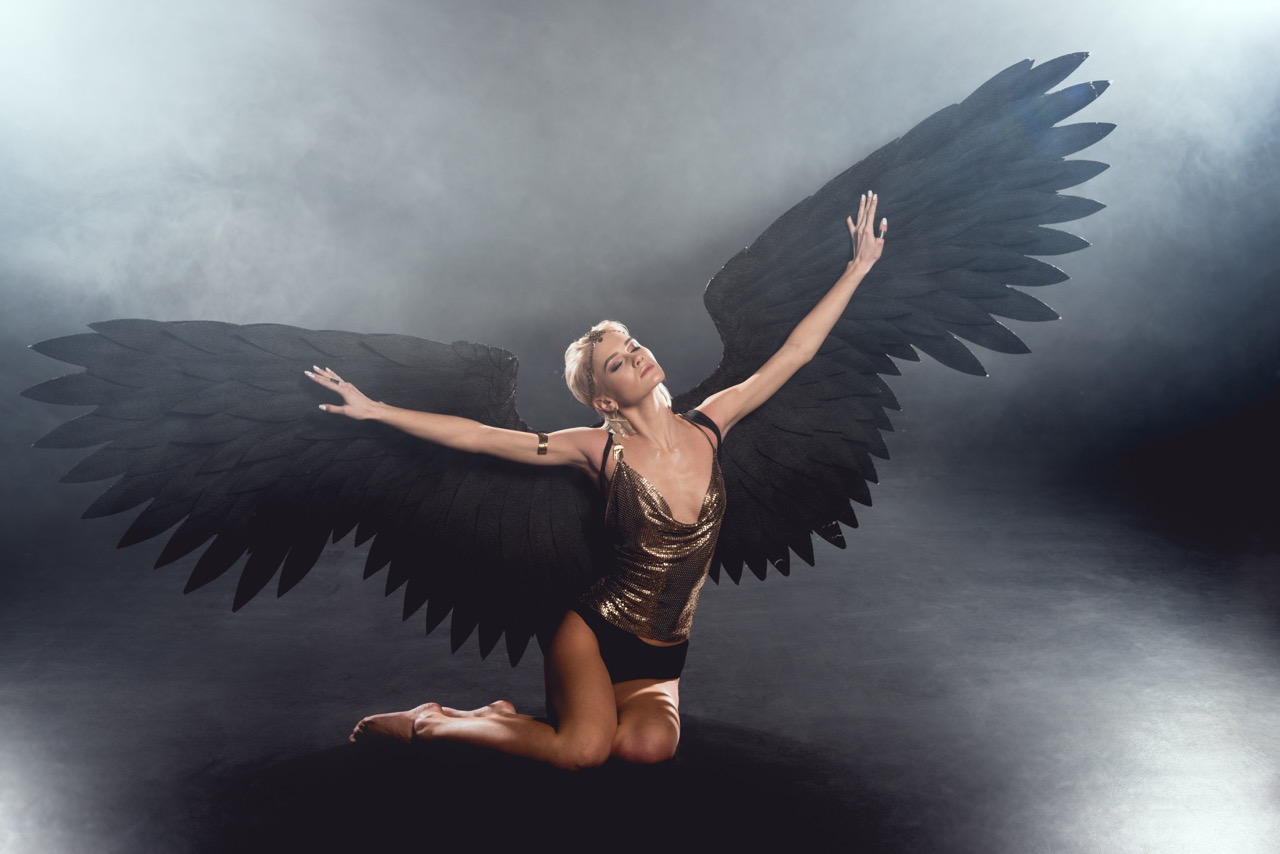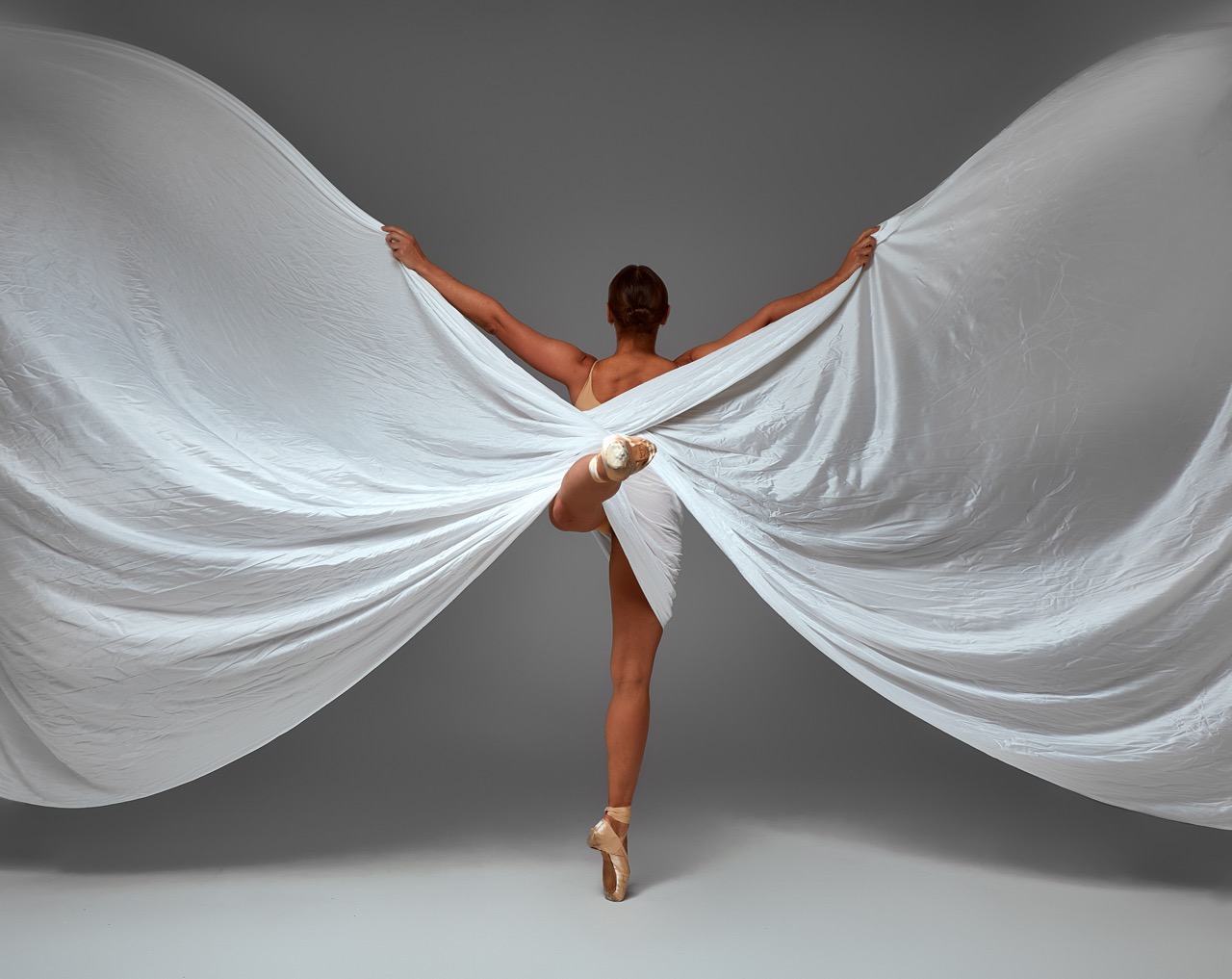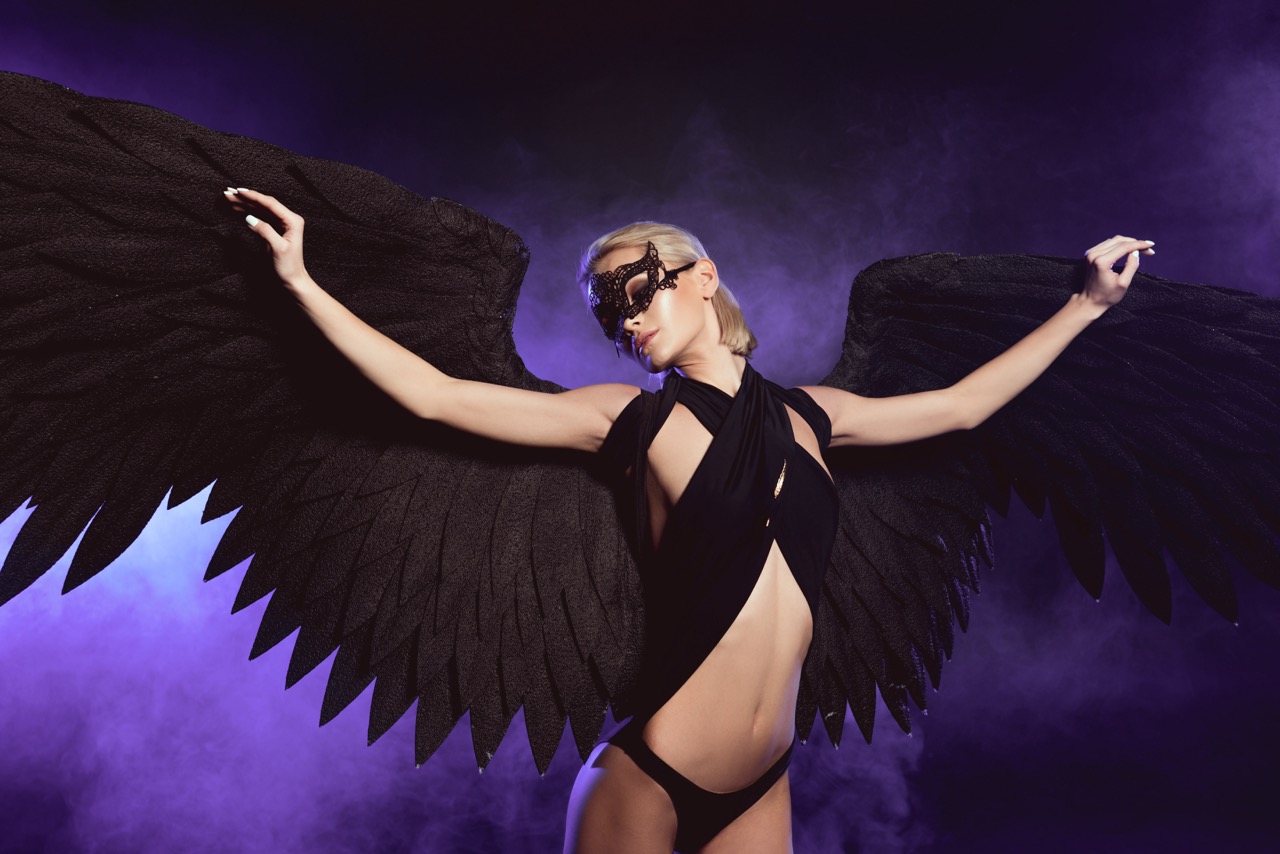In the world of dance, every element contributes to the overall expression and performance of a dancer. Among the most visually impactful elements are costumes, particularly those with wings. Winged costumes have become a symbol of freedom and ethereal beauty, often transforming dancers into creatures of the sky or embodiments of nature. Beyond their aesthetic appeal, these costumes can profoundly influence a dancer’s posture and movement. This article explores how winged costumes elevate expression, redefine posture, enhance movement dynamics, and influence body alignment in dance.
Elevating Expression: The Impact of Winged Costumes on Dance
Winged costumes serve as a powerful medium for dancers to elevate their artistic expression. The visual impact of wings can evoke themes of transcendence, freedom, and otherworldliness. When performers don these elaborate designs, they often feel an intrinsic connection to the metaphorical flight they represent. This psychological shift enables dancers to explore a broader emotional range, allowing them to communicate more effectively with their audience.
The design of winged costumes also allows for innovative choreography, where the wings can interact with the dancer’s movements, creating a captivating visual spectacle. As dancers move, the wings flap, flutter, and soar, mirroring the grace and fluidity inherent in their movements. This interaction not only heightens the aesthetic impact but also reinforces the narrative of the dance, providing layers of meaning and emotional depth that resonate with viewers.
Furthermore, winged costumes challenge dancers to embrace a new form of physicality. The sheer size and weight of the wings necessitate a shift in how dancers perceive their own bodies. This awareness leads to greater attention to detail in their movements, enhancing their overall performance by encouraging a deeper connection between body and costume, ultimately allowing for a more cohesive artistic expression.
From Grounded to Graceful: Redefining Dancer Posture
The addition of wings to a dancer’s attire necessitates a recalibration of posture. Wings often add bulk and require careful consideration of balance and alignment. Dancers must adjust their stance and body orientation to accommodate the wings, promoting an upright, elongated posture that can significantly enhance their overall presence. This adaptation encourages core engagement, contributing to a more graceful silhouette that captures the audience’s eye.
Moreover, the presence of wings often leads dancers to develop a heightened awareness of their upper body. As they strive to maintain balance and control, dancers find themselves focusing on the alignment of their shoulders, neck, and head. This newfound attention fosters a sense of elegance, as dancers learn to carry their frames with poise. The act of lifting the chest and elongating the neck not only improves their own posture but also creates a more visually appealing line that is essential in performance art.
The transformation in posture brought about by winged costumes can also have a lasting impact beyond the stage. Dancers who regularly incorporate these costumes into their performances may find that their everyday posture improves as well. The awareness and adjustments made during practice translate into natural alignment, creating a holistic benefit that enhances both their dancing and overall physical well-being.
Aerial Aesthetics: How Wings Transform Movement Dynamics
The dynamics of movement are fundamentally altered when dancers incorporate wings into their routines. The wings introduce an element of resistance, demanding that dancers develop a stronger sense of control and fluidity. As they perform, dancers often find themselves navigating the space differently, adjusting their movements to accommodate the weight and drag created by the wings. This challenge ultimately fosters a greater sense of creativity and innovation in choreography.
In addition to the physical demands, the visual aesthetics of winged costumes can inspire new movement vocabulary. Dancers are encouraged to experiment with larger, more sweeping gestures that mimic the natural motion of birds or butterflies. These expansive movements not only elevate their performance but also enhance the storytelling aspect of their dance, allowing them to embody the essence of flight and freedom.
Furthermore, the integration of winged costumes into choreography fosters a collaborative spirit among dancers. Working together to coordinate movements with the wings can inspire improvisation and collective creativity, resulting in unique formations and patterns that are visually stunning. This collaborative effort reinforces the notion that dance is not merely an individual endeavor but a communal art form that thrives on shared experiences and mutual inspiration.
The Art of Flight: Winged Costumes and Body Alignment
Body alignment is crucial in dance, and winged costumes emphasize its importance even further. The weight distribution of wings necessitates precise alignment to maintain balance and control. Dancers must ensure that their center of gravity is adjusted to accommodate the additional mass, promoting an awareness of their body’s spatial orientation. This focus on alignment enhances not only their performance but also their physical fitness and injury prevention.
Moreover, the experience of wearing wings can provide valuable feedback for dancers regarding their alignment and technique. As the wings interact with their body, dancers become acutely aware of any misalignments or imbalances, prompting them to make necessary adjustments. This constant feedback loop fosters a deepened understanding of their physical capabilities and limitations, helping them refine their technique over time.
The interplay between winged costumes and body alignment ultimately cultivates a sense of empowerment among dancers. By mastering the art of flight through their movements and posture, dancers can embrace their bodies in new ways, experiencing the joy of flight both literally and metaphorically. This transformation not only enhances their performances but also instills a sense of confidence that resonates beyond the stage, enriching their overall journey as artists.
In conclusion, winged costumes are not just decorative elements in dance; they are transformative tools that redefine a dancer’s posture, movement dynamics, and overall expression. As dancers embrace the weight and beauty of these costumes, they elevate their performances to new heights, achieving a level of grace and artistry that captivates audiences. The interplay of wings with body alignment and movement reinforces the notion that dance is a holistic art form, where every element contributes to the dancer’s journey. Whether on stage or in rehearsal, the impact of winged costumes echoes long after the music fades, inspiring dancers to explore the art of flight in their own unique ways.


